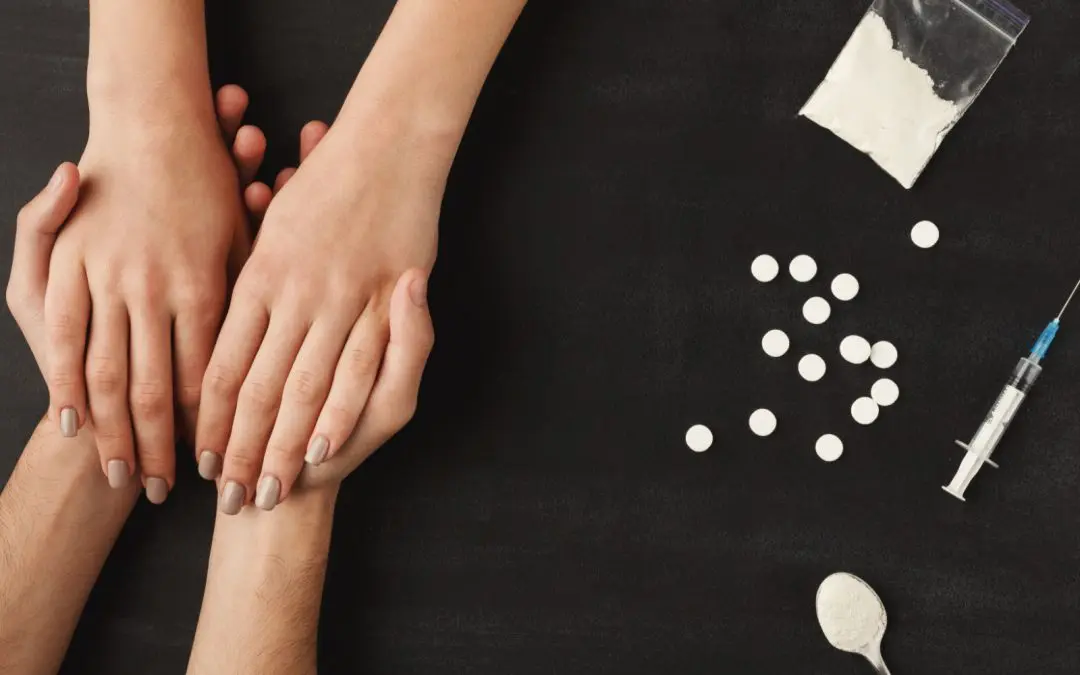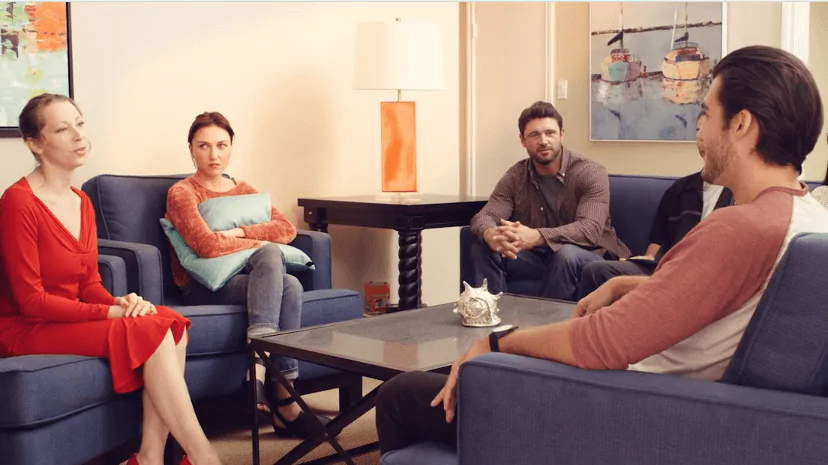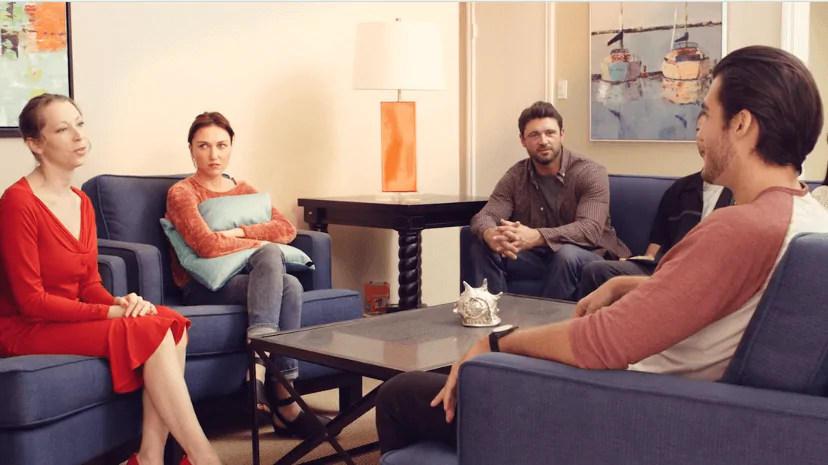24/7 Helpline:
(866) 899-221924/7 Helpline:
(866) 899-2219
Learn more about Partial Hospitalization Program centers in Big Oak Flat
Partial Hospitalization Program in Other Cities

Other Insurance Options

Multiplan

Excellus

Magellan Health

Lucent

MHNNet Behavioral Health

Meritain

Ceridian

State Farm

CareSource

American Behavioral

United Health Care

Providence

Private insurance

Health Choice

BlueShield

Covered California

PHCS Network

Choice Care Network

Amerigroup

Group Health Incorporated










Tuolumne County Behavioral Health
Tuolumne County Behavioral Health is a public rehab located in Sonora, California. Tuolumne County B...

Maynords Recovery Center
Maynords Recovery Center is a private rehab located in Tuolumne, California. Maynords Recovery Cente...

The Resource Center – Counseling & Psychiatric
The Resource Center - Counseling & Psychiatric is dedicated to provide behavioral health services to...

Alcoholics Home – House of Prayer
Alcoholics Home - House of Prayer is a non-profit rehab located in Jamestown, NC. Alcoholics Home - ...

Addiction and Counseling Services – Jamestown Business Center
Addiction and Counseling Services – Jamestown Business Center is a private rehab located in Jamestow...

Alpine Springs Rehabilitation and Recovery – Detox Facility
Alpine Springs Rehabilitation & Recovery, located in Linesville, Pennsylvania, is an accredited full...

Kings View Drug and Alcohol Services – Sonora
Kings View Drug and Alcohol Services - Sonora is a private, outpatient rehab located in Oakhurst, CA...

AA – Alcoholics Anonymous
AA – Alcoholics Anonymous is a non-profit rehab located in Sonora, California. AA – Alcoholics Anony...

WestCare – SUDT Multi-Level Program at Sierra Conservation Center (SCC)
WestCare – SUDT Multi-Level Program at Sierra Conservation Center (SCC) is a non-profit rehab locate...

Hope Counseling Center
Hope Counseling Center is a private rehab located in Groveland, Florida. Hope Counseling Center spec...

The Adanta Group – Russell County
The Adanta Group is a private, non-profit organization providing community-based mental health; subs...

Mental Health Satellite
Mental Health Satellite is a public rehab located in Jamestown, New York. Mental Health Satellite sp...

AA – Alcoholics Anonymous
AA – Alcoholics Anonymous is a non-profit rehab located in Jamestown, New York. AA – Alcoholics Anon...

CASAC
CASAC - Chautauqua Alcoholism & Substance Abuse Council provides substance abuse and gambling awaren...

North Dakota Department of Corrections and Rehabilitation – Tompkins Corrections Center
North Dakota Department of Corrections and Rehabilitation - Tompkins Corrections Center is a hospita...

Manna House Ministries
Manna House Ministries is a non-profit rehab located in Jamestown, Tennessee. Manna House Ministries...

























































































































































